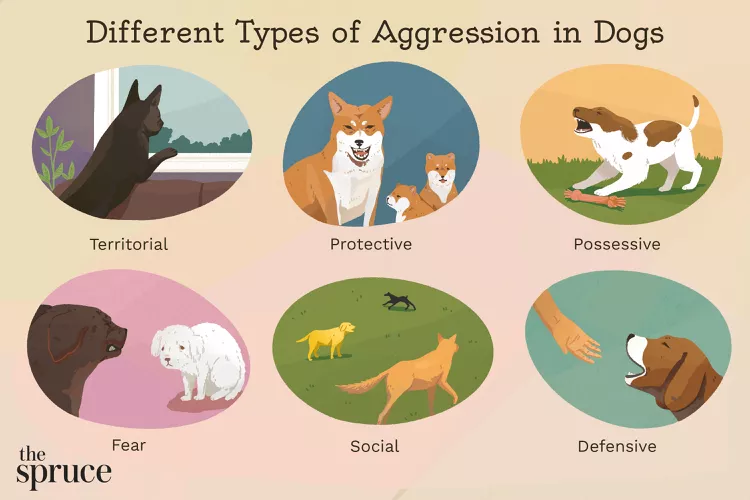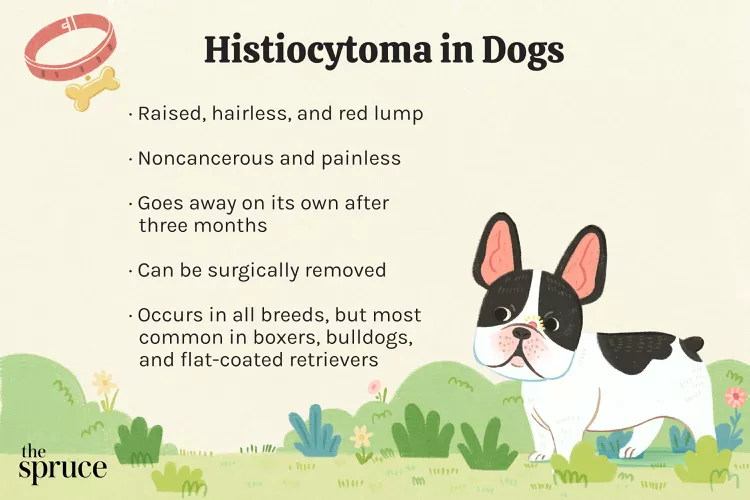
There are several basic kinds of aggression-based biting and scratching behaviors in cats, and some of them are traceable to behavior they learned from their owners or interactions with their owners. Kittens learn to bite and scratch as a normal part of development, and if not trained early, they won't know when using their claws and teeth is not appropriate.
Thankfully, there are some tried-and-true methods to help curb this behavior, but some unusual scratching and biting could be a sign of an underlying illness.
One of the first rules for human companions is: Don't teach your cat that hands are toys. This is a behavior that you must develop and correct when they are young kittens. If you ignore this advice, those tiny claws and teeth will soon grow into razor-sharp "meat hooks," and you'll bear the scars.
Do not use your hands as toys and rough house with them as they will not likely hurt you when they are kittens, but once fully developed they will think they can still play this way despite having larger and stronger jaws and claws. Hands should only be used for petting and carrying. It should be established early that any "mouthing" is painful to you, even when it may not be painful. Once this is established, you will need to direct playful behavior onto other objects.
Aggressive biting often happens during a petting session, when the human companion either doesn't understand or ignores the cat's body language. While some cats love to be petted for hours on end, sometimes a cat becomes overstimulated for one reason or another and wants to opt out of the petting session, but doesn't know how to tell you when to stop.
An annoyed cat signals its feelings with narrowed eyes and pulled-back ears. If you wait for the inevitable tail lashing, you've waited too long, and you may be rewarded with a bite. The rule here is to watch the cat's signals and stop whatever you're doing to prevent an escalation. Once you know what your cat's triggers are for aggression, you can limit these interactions or prevent them entirely. For some cats the trigger may be petting them on the belly, petting them for too long, or being too rough when petting them near the base of the tail. Learn what your cat does and does not enjoy and follow their lead when petting them.
Your cat may become upset at seeing a strange cat through a window and react by attacking the first thing it sees in the immediate vicinity—either you or another cat—a classic case of redirected aggression. This kind of behavior will require creative thinking on your part.
First, remove your cat to an area where it can't see the strange cat. Next, reassure your cat; spend extra time carefully petting and playing with it. Give your cat extra treats when it's able to interact calmly. In extreme cases, your veterinarian may prescribe medication to help your cat feel less anxious. If you know who owns the cat, you may also politely ask your neighbors to keep the animal indoors to prevent episodes of redirected aggression.
When new and unusual behavior problems arise in your cat, including aggressive biting and scratching, it could be a sign of an underlying illness. Medical causes range from undetected wounds to distress from mites or fleas to a hormonal imbalance such as hyperthyroidism.
If an otherwise docile cat exhibits sudden and unexplained aggressiveness toward you, especially when being handled, a visit to your veterinarian is in order. They will likely look for sources of pain or discomfort as well as recommend bloodwork.
Hyperesthesia is a rare condition that is seen in bursts of exaggerated and repetitive grooming or aggressive behavior in some cats. This condition first shows up in cats around a year old and is prevalent among Siamese, Burmese, and Abyssinian cats. Among the symptoms of hyperesthesia are excessive grooming and self-mutilation, unexplained and sudden aggression, and in extreme cases, seizures.
Although there's some debate about what causes it, some veterinarians believe hyperesthesia is a neurological condition similar to panic attacks in humans, some experts believe the attacks are triggered by stress, and others associate it with a type of seizure disorder. In any event, a cat with sudden aggressive behavior (such as biting) who experiences seizures should receive a neurological exam from a veterinarian or a veterinary specialist.
To prevent or stop episodes of hyperesthesia once they've started, dropping a towel or blanket over the cat can help contain it or disrupt it. In some instances, your vet may prescribe anti-anxiety or anti-seizure medication to help curb the seizures and other behaviors.
Sometimes if a cat is in the habit of biting and scratching, it's difficult to train it out of this behavior. It will take patience and time, but you can teach your cat that you prefer not to be the target of its attacks, even if the cat views it as playtime.
There are a few things you can do to distance yourself from play attacks by your cat:
Make an appointment with your veterinarian. They will likely have many questions to ask about the type of behavior, the circumstances of the behavior, the household environment, and your technique in correcting them. In some cases, they will ask to run bloodwork for specific conditions that can cause elevated aggression. If they can't help eliminate the behavior they may refer you to a behavior specialist.

Cute Pictures & Facts About Calico Cats & Kittens
Learn fascinating facts about calico cats, including photos, the genetics behind this color combination, and common folklore and traditions.
How to Prevent Cat Separation Anxiety During Vacations
Discover why cats develop litter box problems and cat behavior problems when you go on vacation and what you can do about it to help them.
Cat Behavior Changes That Might Mean Something's Wrong
Cats' behavioral changes may indicate problems—or they may mean nothing at all. Explore causes of odd behavior and what to do about them.
Lhasa Apso: Dog Breed Characteristics & Care
The Lhasa apso is an ancient breed from Tibet that was bred to be a watchdog. Learn about its history, health, exercise needs, and more.
Reasons Why Dogs Run Away and How to Stop It
Dogs can escape, especially if they’re bored and not properly contained. Here are some techniques for stopping your dog from running away.
Can Dogs Get Depression? How to Help Your Sad Dog
Can dogs get depression? Learn about the signs of depression in dogs and find out how to help your sad dog.
How to Stop Aggression in Dogs
Dog aggression can be a serious behavior issue for pet owners. Learn how to stop aggression in dogs before someone gets hurt.
How to Stop Your Dog From Growling
A growling dog can soon become even more aggressive. Reduce the noise and potential for a dangerous situation with some of these techniques.
Why Do Dogs Dig Holes? How to Stop Your Dog from Relandscaping Your Yard
Dogs have been digging holes for centuries and for many reasons. Whether they’re bored or want to cool off in the dirt, here are the top reasons why dogs dig holes.
Dog Treat Varieties
Learn about the different types of dog treats on the market and decide which are best for your dog.
Can Dogs Eat Asparagus?
Dogs can eat asparagus, provided the vegetable is cooked plain and cut up for them. Seasonings, salt, and butter make it unhealthy for dogs.
Histiocytomas in Dogs
A histiocytoma is a type of benign (non-cancerous) skin lump that usually affects young dogs. Learn the causes, treatment, and prevention.
Why Is My Dog’s Eye Swollen?
If your dog's eye is swollen, she may need veterinary attention. The inflammation could be caused by allergies, an injury, or even a tumor.
Common Bugs and Parasites Found on and Inside Dogs
Learn about common types of parasites in dogs. Find out how to treat and prevent parasites to keep your dog, your family, and yourself safe.
Exploring the Different Types of Pet-Friendly Beaches
Are you looking for pet-friendly beaches? Learn about the different types of pet-friendly beaches, their locations, and tips for visiting them with your pet.
10 Obscure, Little-known Canine Facts in Honor of National Dog Day
With National Dog Day upon us, it's time to celebrate everything about our favorite pets—even the weirder stuff. Here are 10 obscure facts about dogs you probably didn't know.
Kitten Development From 3 to 6 Months Old
Kittens grow and change a lot during their first year. Find out what happens between the ages of three months and six months old.
95 Siamese Cat Names
Our list of Siamese cat names has diverse and fun options to help you choose the ideal moniker for your elegant and lovable feline companion.
What to Buy for Your New Cat: A List of Essentials
Before you bring your new cat or kitten home, there are a number of things to collect or buy so your cat will feel welcomed like a family member.
The 6 Best Cat Nail Clippers of 2024 for a Safe Trim
Clipping your cat's nails can save your furniture and keep your kitty comfortable. We asked veterinarians for their cat nail clipper recommendations.